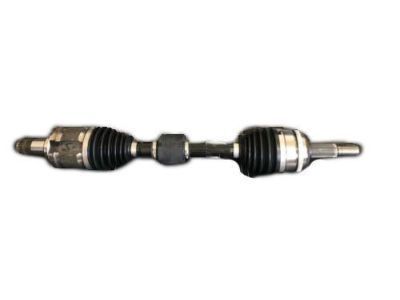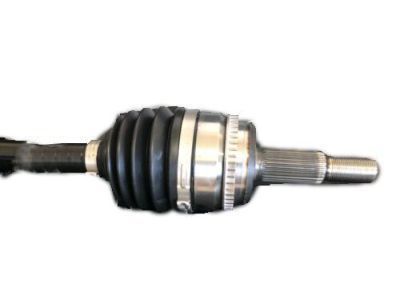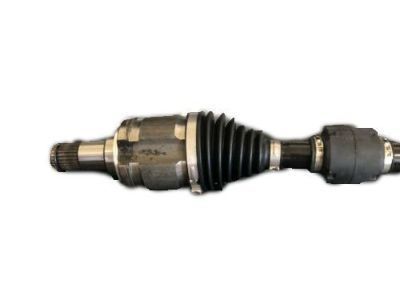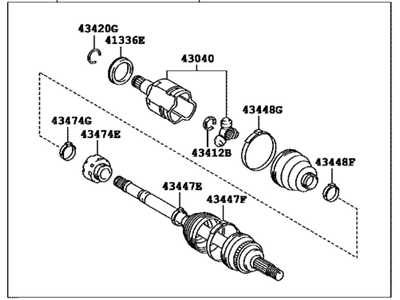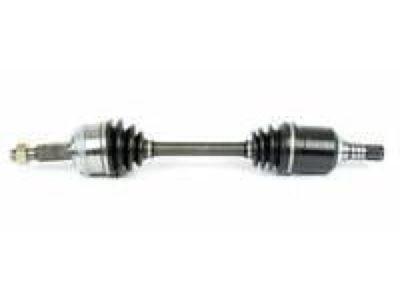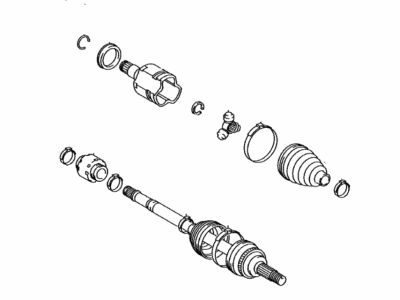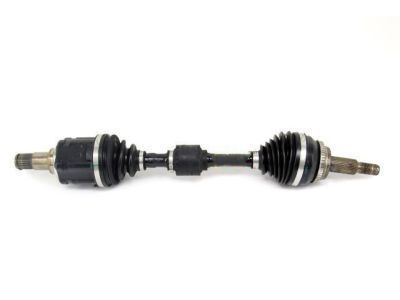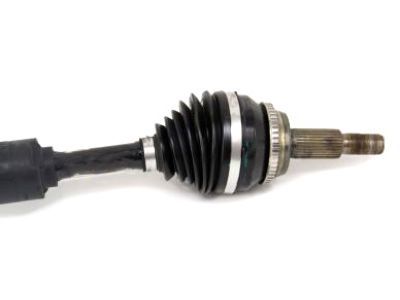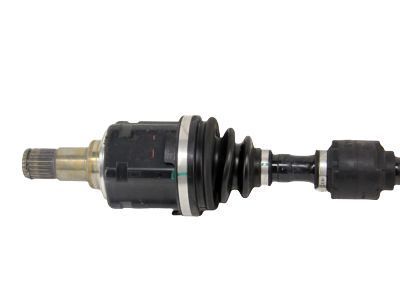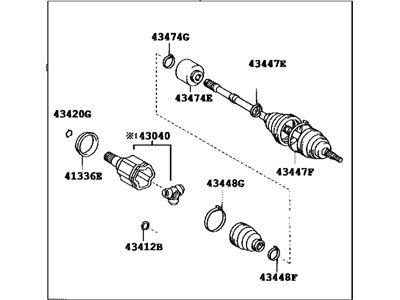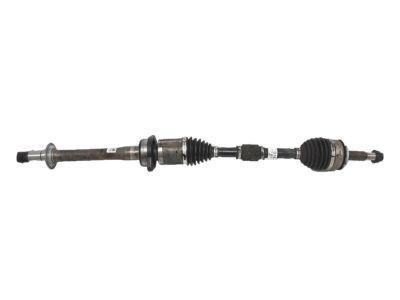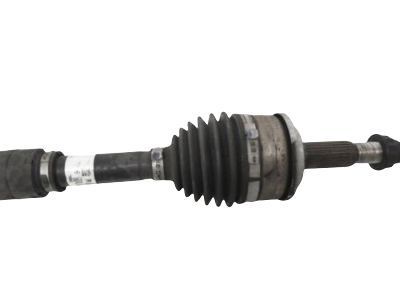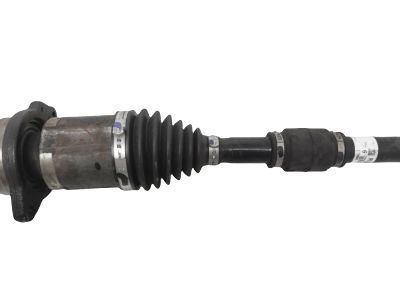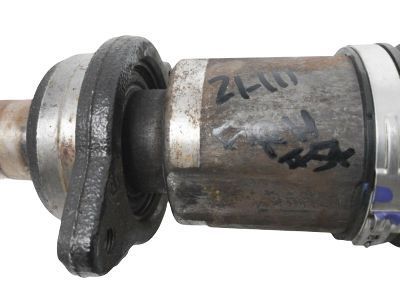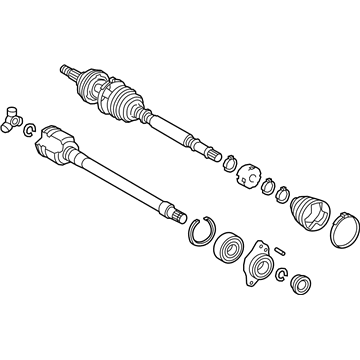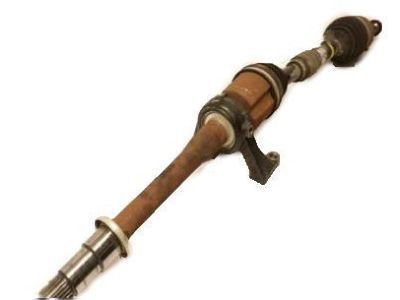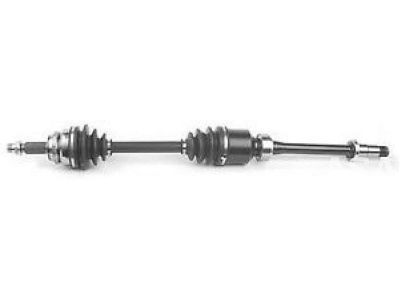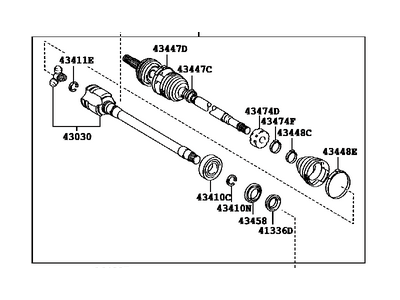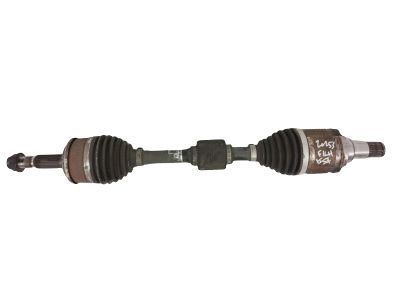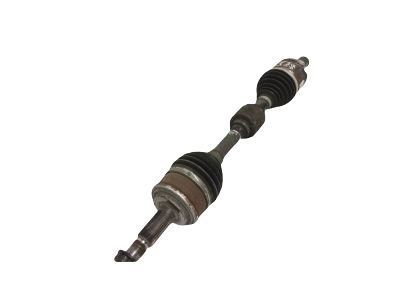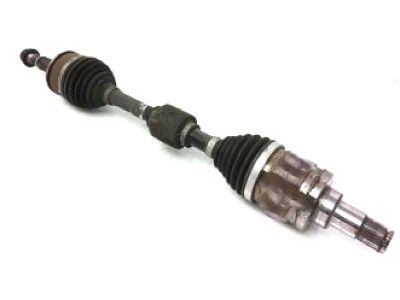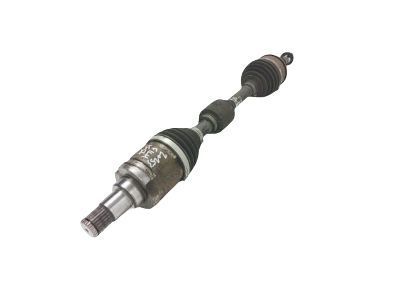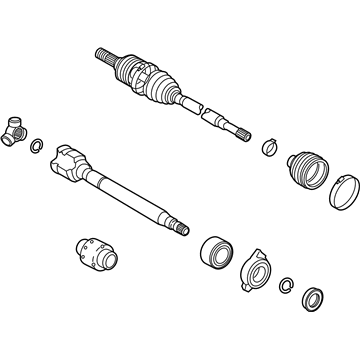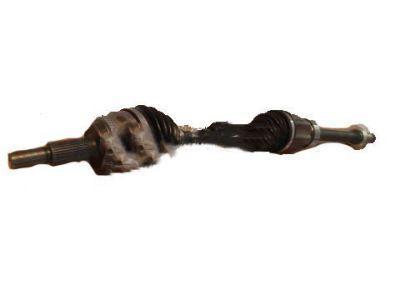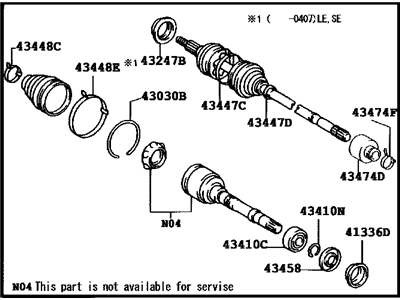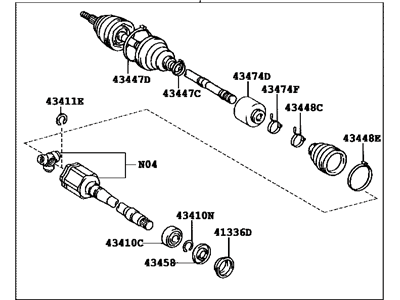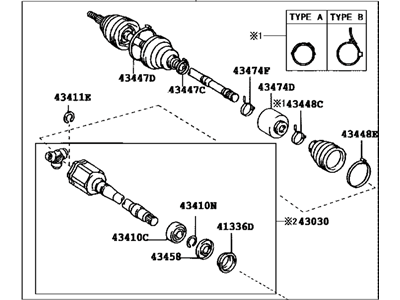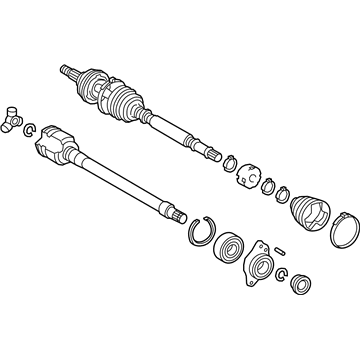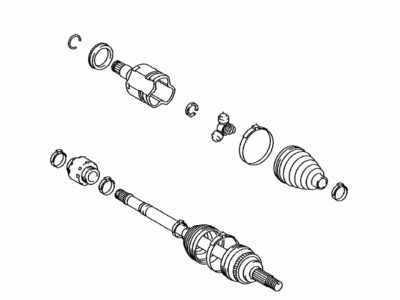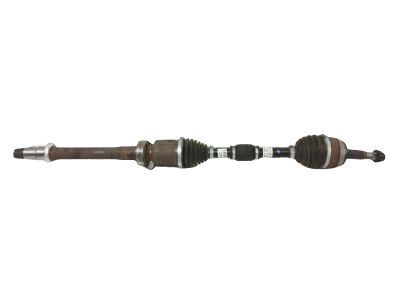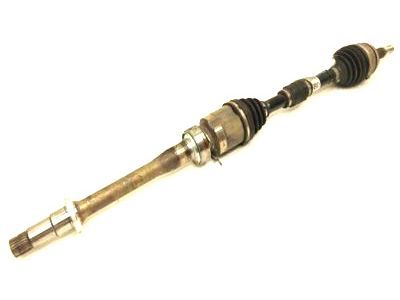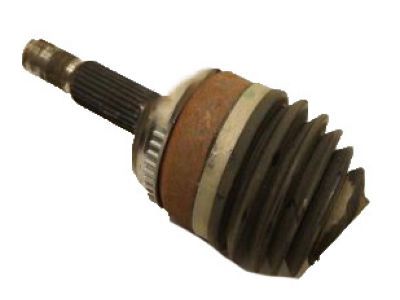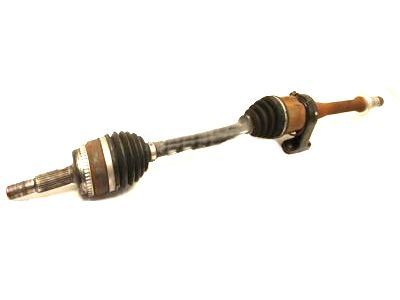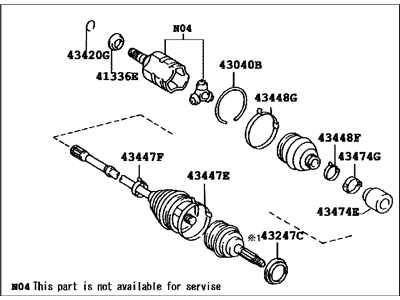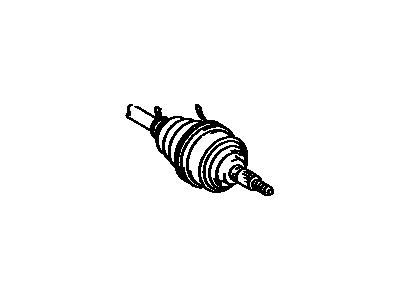

My Garage
My Account
Cart
Genuine Toyota Camry Axle Shaft
Car Axle Shaft- Select Vehicle by Model
- Select Vehicle by VIN
Select Vehicle by Model
orMake
Model
Year
Select Vehicle by VIN
For the most accurate results, select vehicle by your VIN (Vehicle Identification Number).
242 Axle Shafts found
Toyota Camry Front Drive Shaft Assembly
Part Number: 43420-06812$346.20 MSRP: $516.46You Save: $170.26 (33%)Ships in 1-3 Business DaysToyota Camry Front Drive Shaft Assembly
Part Number: 43420-06B30$391.02 MSRP: $583.33You Save: $192.31 (33%)Ships in 1-2 Business DaysToyota Camry Front Drive Shaft Assembly Left Hand
Part Number: 43420-0W210$595.22 MSRP: $888.75You Save: $293.53 (34%)Ships in 1-3 Business DaysToyota Camry Front Drive Shaft Assembly
Part Number: 43410-06870$472.64 MSRP: $705.08You Save: $232.44 (33%)Ships in 1-3 Business DaysToyota Camry Front Drive Shaft Assembly Left Hand
Part Number: 43420-06810$346.20 MSRP: $516.46You Save: $170.26 (33%)Ships in 1-3 Business DaysToyota Camry Passenger Front Cv Axle Shaft
Part Number: 43410-06A50$362.10 MSRP: $566.74You Save: $204.64 (37%)Toyota Camry Front Drive Shaft Assembly
Part Number: 43420-33330$392.80 MSRP: $585.98You Save: $193.18 (33%)Ships in 1-3 Business DaysToyota Camry Front Drive Shaft Assembly Right Hand
Part Number: 43410-06450$456.69 MSRP: $681.29You Save: $224.60 (33%)Toyota Camry Shaft Assembly, Front Cv Axle, Left
Part Number: 43420-06B00$595.22 MSRP: $888.75You Save: $293.53 (34%)Toyota Camry Front Drive Shaft Assembly Right Hand
Part Number: 43410-06570$522.03 MSRP: $778.76You Save: $256.73 (33%)Ships in 1-3 Business DaysToyota Camry Front Drive Shaft Assembly Left Hand
Part Number: 43420-06A70$298.63 MSRP: $454.74You Save: $156.11 (35%)Ships in 1-3 Business DaysToyota Camry Front Drive Shaft Assembly Right Hand
Part Number: 43410-0W180$362.10 MSRP: $566.74You Save: $204.64 (37%)Toyota Camry Passenger Front Axle Shaft
Part Number: 43410-06A20$360.88 MSRP: $564.90You Save: $204.02 (37%)Toyota Camry Front Drive Shaft Assembly Left Hand
Part Number: 43420-06A90$345.74 MSRP: $515.77You Save: $170.03 (33%)Toyota Camry Front Drive Shaft Assembly
Part Number: 43410-06A01$410.75 MSRP: $612.76You Save: $202.01 (33%)Toyota Camry Front Drive Shaft Assembly
Part Number: 43420-06B41$398.71 MSRP: $594.80You Save: $196.09 (33%)Ships in 1-3 Business DaysToyota Camry Front Drive Shaft Assembly
Part Number: 43410-06732$362.10 MSRP: $566.74You Save: $204.64 (37%)Toyota Camry Front Drive Shaft Assembly Right Hand
Part Number: 43410-06730$362.10 MSRP: $566.74You Save: $204.64 (37%)Toyota Camry Front Drive Shaft Assembly Left Hand
Part Number: 43420-06450$451.34 MSRP: $673.30You Save: $221.96 (33%)Toyota Camry Front Drive Shaft Assembly Left Hand
Part Number: 43420-32030$236.00 MSRP: $341.89You Save: $105.89 (31%)
| Page 1 of 13 |Next >
1-20 of 242 Results
Toyota Camry Axle Shaft
If you are in demand for superior quality and affordable OEM Toyota Camry Axle Shaft, then shop with us! We own a wide range of the reduced-priced genuine Toyota Camry Axle Shaft. You can purchase in confidence as all parts come with a manufacturer's warranty. Any issues with our products? No need to worry as we have a hassle-free return policy to guide you every step of the way.
Toyota Camry Axle Shaft Parts Questions & Experts Answers
- Q: What Is the Function and Maintenance of Axle Shafts and CV Joints on Toyota Camry?A:Transmission may be to the front wheels through two axle shafts, in which the inner ends are affixed to the transaxle and directly splayed to the side gears of the differential. The outer ends are splined to the front hubs and fastened with a large nut; the left side axle shaft is shorter while that on the right side is longer and provided with an intermediate shaft carried by a bearing. The inner ends of the axle shafts are enabled with sliding constant velocity joints where they can rotate in angular motion; axial motion is also possible where the axle shaft moves with the wheel; a tripod bearing and a joint tulip where the joint slides in and out. Boot joints can be unbolted and are easily downloadable in the event that a boot is rendered useless, however, in case of damage of the parts, it comes as a complete unit that needs to be replaced. Each outer joint is made up of a ball bearing between an inner and outer race where the former can move in one plane angularly but cannot move axially. It is also good that the boots of such joints should be checked for any signs of damages or leaking lubricants because as much as possible CV joint boots when they are torn should be replaced promptly because they compromise the joints section. Replacing boots call for the demand of axle shaft. Signs that may indicate a car's CV joints are worn or damaged include leaks in the lubricants, noises in the form of clicking sounds when the car is turning and clunks that occur when accelerating after coasting, vibrating at high speeds. To check for wear, one has to pick an axle at a time and move it from side to side as much as possible while holding the CV joint housings with the other hand, to feel for loose splines, or sloppy joints, and at the same time, one should look at the axle shaft shafts to determine if they are cracked, dented or distorted.
Related Toyota Camry Parts
Browse by Year
2024 Axle Shaft 2023 Axle Shaft 2022 Axle Shaft 2021 Axle Shaft 2020 Axle Shaft 2019 Axle Shaft 2018 Axle Shaft 2017 Axle Shaft 2016 Axle Shaft 2015 Axle Shaft 2014 Axle Shaft 2013 Axle Shaft 2012 Axle Shaft 2011 Axle Shaft 2010 Axle Shaft 2009 Axle Shaft 2008 Axle Shaft 2007 Axle Shaft 2006 Axle Shaft 2005 Axle Shaft 2004 Axle Shaft 2003 Axle Shaft 2002 Axle Shaft 2001 Axle Shaft 2000 Axle Shaft 1999 Axle Shaft 1998 Axle Shaft 1997 Axle Shaft 1996 Axle Shaft 1995 Axle Shaft 1994 Axle Shaft 1993 Axle Shaft 1992 Axle Shaft 1991 Axle Shaft 1990 Axle Shaft 1989 Axle Shaft 1988 Axle Shaft 1987 Axle Shaft 1986 Axle Shaft 1985 Axle Shaft 1984 Axle Shaft 1983 Axle Shaft
